Located in Jongno-gu, South Korea, adjacent to the historic Joseon Dynasty palace, a remarkable space emerges at Songhyeon Dong. With a rich and diverse history marked by evolving uses and ownership, the (in)visible pavilion serves as a distinctive addition to the landscape. Its design reflects both transparency and opacity, symbolizing a temporal connection that transcends the confines of time, particularly for the 4th Seoul Biennale of Architecture and Urbanism.
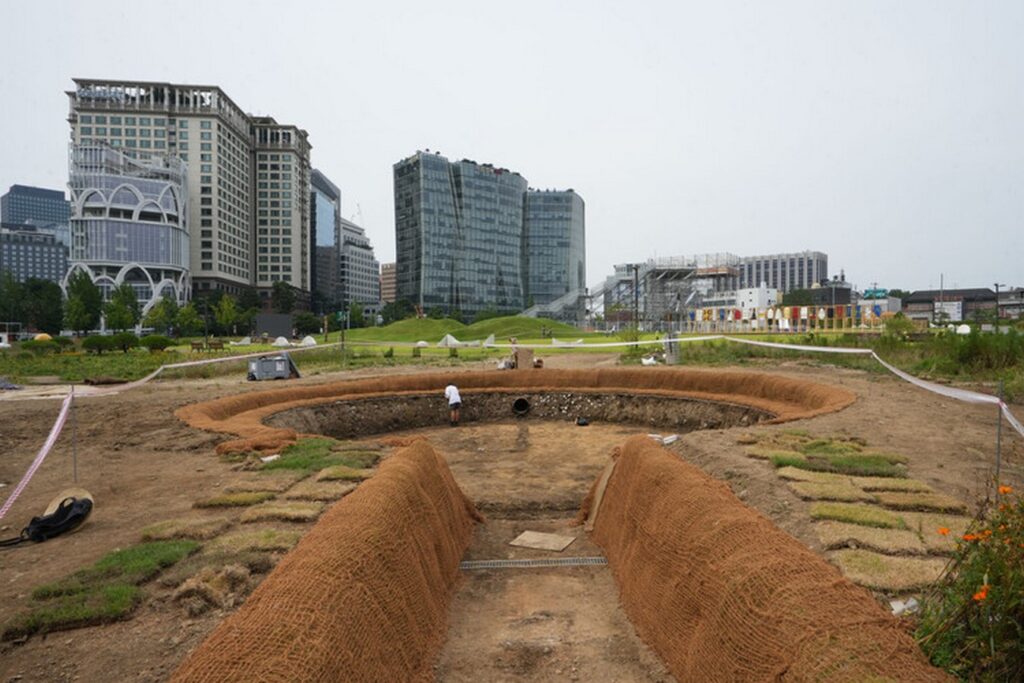
Exploring Historical Layers
Inspired by the site’s complex history, the architects embarked on a journey to unearth the relics buried beneath the soil. During a site visit in April 2023, they discovered various artifacts, now showcased along the installation’s earthen wall. This exploration of the site’s archaeological layers adds depth and significance to the pavilion, infusing it with layers of historical narrative.
Immersive Experience
A key feature of the pavilion is its immersive soundscape, evoking the presence of the long-lost pine forest that once stood in the area, believed to have channeled energy towards the Gyeongbokgung palace. Titled “Trees & Traces,” this auditory experience engages visitors on multiple sensory levels, encouraging them to delve into and contemplate the intricate history of the Songhyeon Green Plaza.
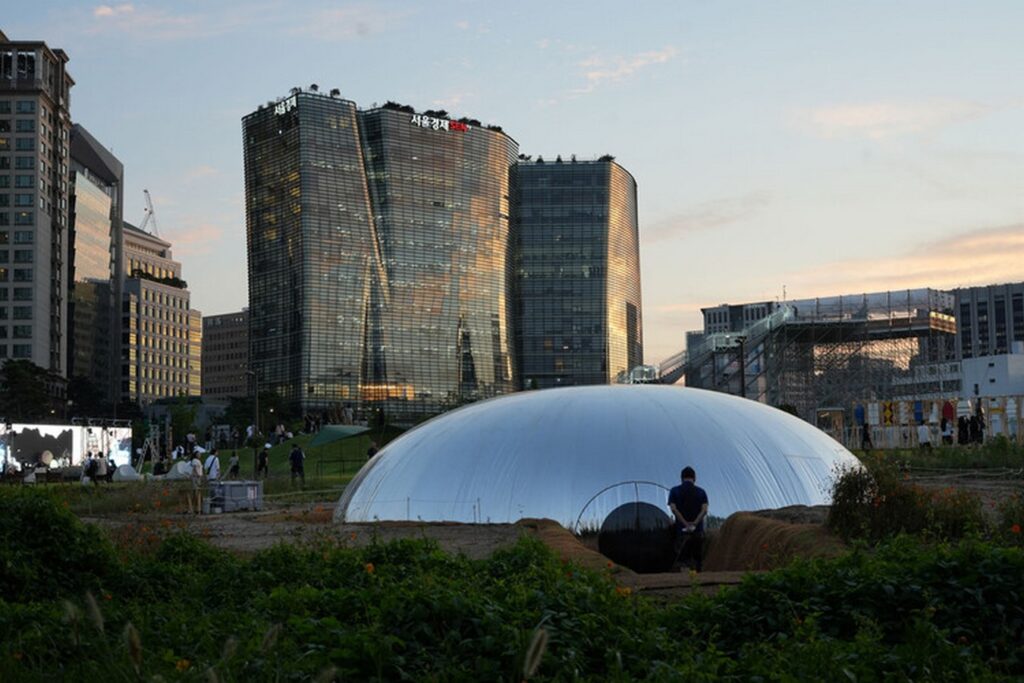
Blurring Boundaries
The installation’s design embodies a juxtaposition of the futuristic and archaic, challenging conventional perceptions of time and reality. By blurring the boundaries between past and present, as well as between reality and imagination, the pavilion offers a captivating narrative that beckons visitors to immerse themselves in the enigmatic heritage of the site.
A Captivating Encounter
Through the interplay of acoustic memories, visual perceptions, and tactile sensations, the (in)visible pavilion weaves a compelling narrative that captivates visitors and fosters a profound connection with the site’s heritage. It serves as more than just an architectural installation; it becomes a portal to rediscover and recontextualize history in a contemporary setting.


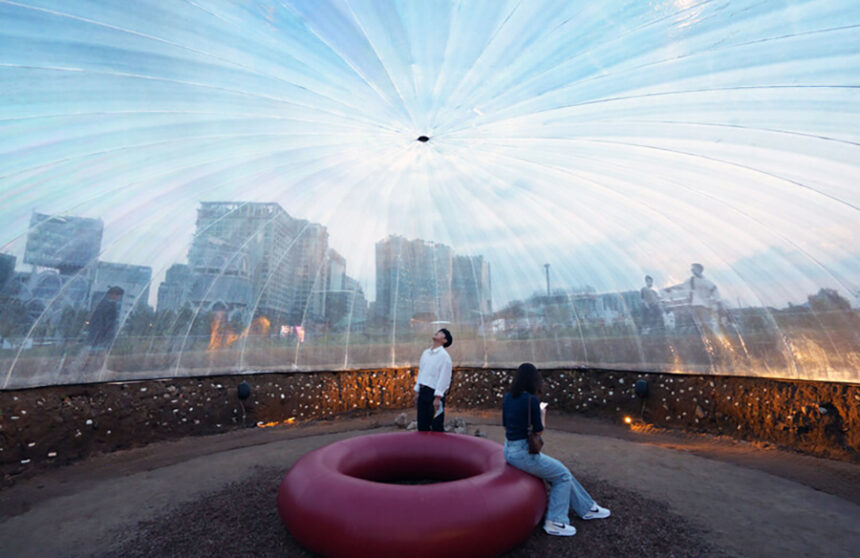
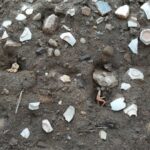
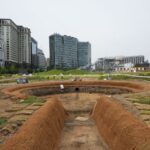
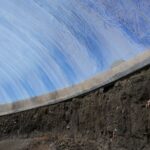
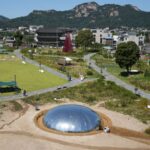
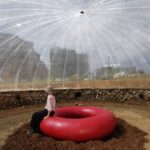
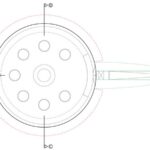
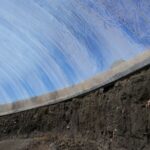
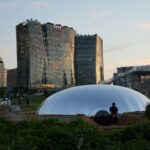

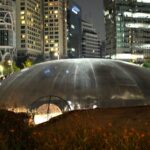
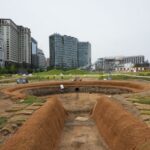
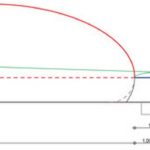
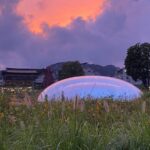
Leave a Reply